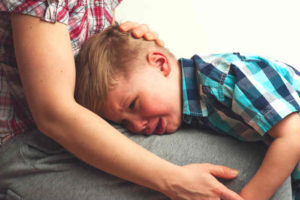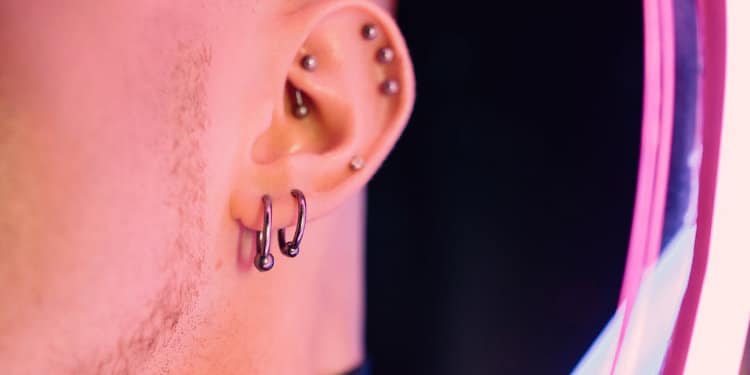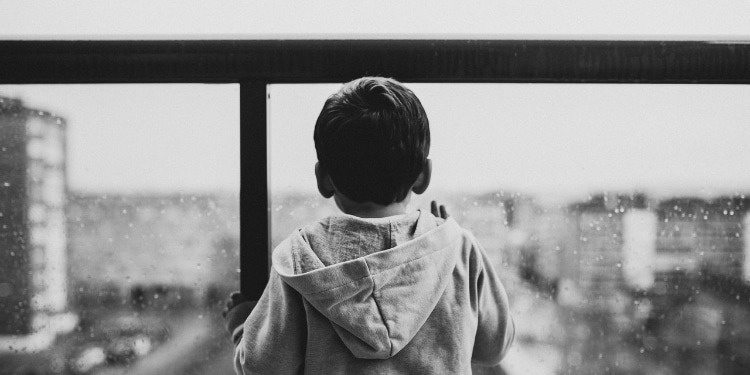










Separation anxiety is a common issue for many kids. The fear of leaving a parent or caregiver can cause kids to experience anxiety and display anxiety-related behaviors such as crying, avoiding, and physical responses. Separation anxiety commonly happens for toddlers and young children but can persist and worsen throughout a child’s development.

Separation anxiety is the anxiety or fear that occurs when a parent or caregiver separates or is separated from the child. The child feels scared or worried about the caregiver’s absence and struggles to calm themselves. Separation anxiety is normal for infant and toddler-age children, and as children grow, they tend to have less fear of separation. Continued separation anxiety past the preschool age may indicate a separation anxiety disorder.
Every child expresses separation anxiety differently. Some signs of separation anxiety may include:
Many children will have mild symptoms when entering a new situation or after challenging family events such as divorce. However, when the symptoms of separation anxiety seem to be more intense than they previously were, do not subside in familiar settings, and interfere with the child’s functioning, lasting over at least one month, the issue may be a separation anxiety disorder. Signs of separation anxiety disorder as characterized by the Diagnostic and Statistical Manual of Mental Disorders, 5th edition (DSM-5) include:
A mental health professional can help determine if the issues are related the separation anxiety disorder.
Separation anxiety occurs for an important reason. As infants and toddlers develop and learn the importance of their caregivers’ role in keeping them safe and healthy, they notice the risks involved when the caregiver is not with them. Even children with secure attachments to their caregivers will likely experience times of separation anxiety. This is part of the learning that the caregiver will go out of sight from the child and will return and the child will be safe throughout this time.
Separation anxiety disorder can be the result of trauma, life changes such as divorce, family mental health issues, or other mental health issues. Traumatic events can cause the child to fear for their overall safety, which increases the need for security from the caregiver. For example, if a child was in a minor car accident. The child may begin to worry that they will be in a car accident again or that the caregiver will be in an accident. This worry may increase the ‘clinging’ to the caregiver or parent.
Life changes in the family, such as divorce or the loss of a family member, can cause a child to worry about the loss of other family members. The child may not be able to verbalize the fear, and the signs of separation anxiety may be his/her way of expressing that fear.
Family patterns and attachment styles may also play a role in the occurrence of a separation anxiety predisposition. Several studies have indicated that higher maternal anxiety levels increase the likelihood of separation anxiety in children. Family patterns and styles of attachment may cause difficulty for the child to feel safe and secure when not with the caregiver and have a hard time settling when the caregiver returns.
Dropping off a crying child at daycare, school, or grandma’s house is hard. It is heartbreaking to see and hear the child be so upset. There are some ways to manage and reduce separation anxiety.
Prior to the day they will have to be separated from the parent, spend time talking about what will happen. Even a young child will benefit from hearing the plan. Tell them where they will go, what they will do, and who will be keeping them safe while the caregiver is gone. The most important part is to emphasize that the caregiver will always come back. It’s important to focus on the coming back part, rather than the leaving them part.
Make the drop-off process as quick as possible. Don’t linger around and allow the child to cry. Have a quick routine of hugs, reminding them of the caregiver’s return and leave.
Some children find it helpful to have a small object they can hold. This can act as a sensory distraction or a special trinket that reminds them of the caregiver. Either way, the object can be helpful during the transition
When the separation anxiety becomes more intense or seems to impact the child over four or more weeks, it may be time to seek treatment. There are a variety of treatment options to help the child work through separation anxiety.
A parent may choose to seek out therapy for their child. For young children, the therapy modality most often used is play therapy. This type of therapy helps the child work through the fear, past trauma, or changes in the family to improve the child’s ability to cope with separation.
CBT is typically used for older children to help process the fears of separation. CBT helps the child to notice the negative thoughts (such as “mom will never come back”) and change the thoughts to more rational thought (such as “mom is going to work and will pick me up after work”). CBT has been shown effective in clinical studies with many types of anxiety in children, including separation anxiety.
Exposure therapy is a type of therapy used to expose the child to small doses of fear, in this case, separation from the caregiver. This might look like the caregiver stepping out of the office for a few minutes and returning. Then, the caregiver steps out for a more extended period. This type of therapy shows the child they are safe even when their fear (the separation) is present, and the caregiver will return.
Another option for separation anxiety disorder may be prescribed medication. This would be a conversation to have with a medical doctor and may be used to manage other anxiety or mental health disorders or extreme separation anxiety cases.
Separation anxiety in children, especially in severe cases, can be very disruptive to the family. While it typically does pass as children grow up, parents who are concerned that their child’s separation anxiety is not appropriate for their age, or that it may be part of a larger problem, should consult with their doctor. The good news is that the treatment options are diverse and can be effective.
Sources: